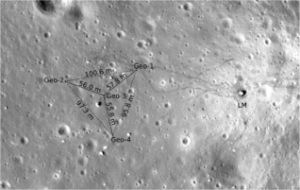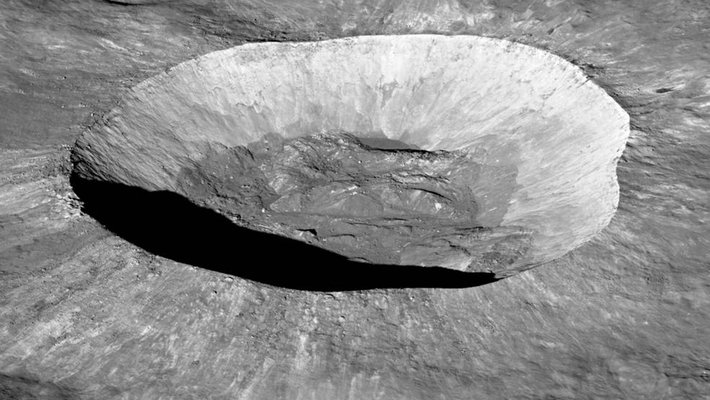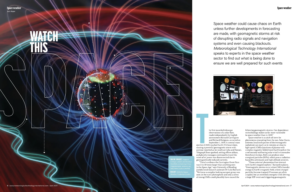A Caltech study has demonstrated that an emerging new seismological technology called distributed acoustic sensing (DAS) would be able to measure lunar quakes with unprecedented precision.
The research study was led by Qiushi Zhai, postdoctoral scholar research associate in geophysics at Caltech, and has been published in the Assessing the feasibility of Distributed Acoustic Sensing (DAS) for moonquake detection paper in the journal Earth and Planetary Science Letters.
Funding was provided by the National Science Foundation, the USGS, the Gordon and Betty Moore Foundation, and the Braun Trust. Caltech manages JPL for NASA.
The hypothesis

As NASA’s upcoming Artemis missions plan to return to the Moon to, among other research aims, deploy new seismic sensors, the study makes a case for using DAS rather than conventional seismometers.
For the past decade, Zhongwen Zhan (PhD ’13), Professor of Geophysics at Caltech, has been developing DAS, which involves sending lasers through a fiber-optic cable and measuring how the laser light changes throughout the cable as it experiences shaking or tremors. In this way, the cable acts as a sequence of hundreds of individual seismometers, enabling researchers to measure quakes very precisely. A recent study showed that a 100km stretch of cable could function as the equivalent of 10,000 seismometers.
With only a few individual seismometers far apart from each other on the Moon, the seismic signals of lunar quakes are reportedly quite fuzzy, or “noisy”, like listening to a radio full of static. This is due to a phenomenon called scattering, where seismic waves become less clear when traveling through the powdery upper layer of the Moon’s surface. Having multiple sensors – indeed, having thousands, as a fiber optic cable could provide – is expected to help clarify a noisy signal.
The methodology
In the new study, led by Zhai, the researchers deployed a fiber-optic cable equipped with DAS technology in Antarctica. According to the team, the South Pole’s freezing, dry environment, far away from human activities, is the closest analog on Earth to the Moon. The DAS sensors were sensitive enough to measure the small shaking caused by the ice cracking and moving, suggesting that they would be able to measure moonquakes.
“Another advantage of using DAS on the Moon is that a fiber-optic cable is physically quite resilient to the harsh lunar environment – high radiation, extreme temperatures and heavy dust,” said Zhai.
Lunar quake context
During the Apollo missions of the 1970s, several seismometers were flown to the Moon, where they collected data on lunar seismic trembling for eight years. The data showed some lunar quakes were as powerful as a magnitude 5.
Unlike the Earth, the Moon is not tectonically active. Lunar quakes have different origins: Some are caused by day-to-night thermal differences as the surface varies in temperature, others that occur deeper may be caused by Earth’s gravitational pull, and still others are caused by the Moon slowly cooling and contracting over time. Understanding how, when and where these quakes occur is critical for planning missions to the Moon, especially if permanent structures like a lunar base are to be built on its surface.
The researchers’ next steps are to demonstrate that DAS can operate with the limited power resources available on the Moon and to conduct more modeling and analysis to understand how small and distant quakes can be and still be detectable.
For more top insights into the expert development in space weather forecasting, read Meteorological Technology International’s exclusive feature here.




